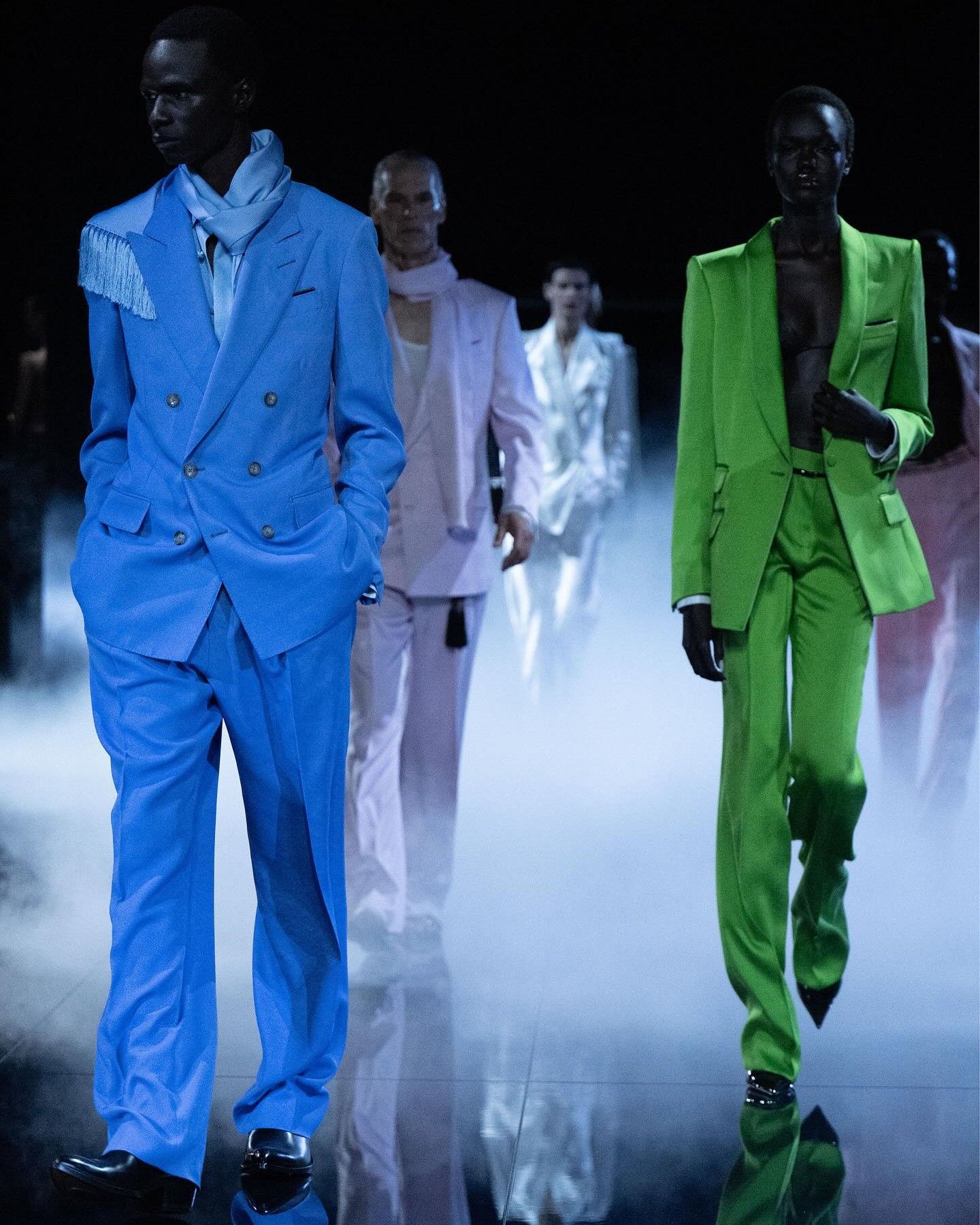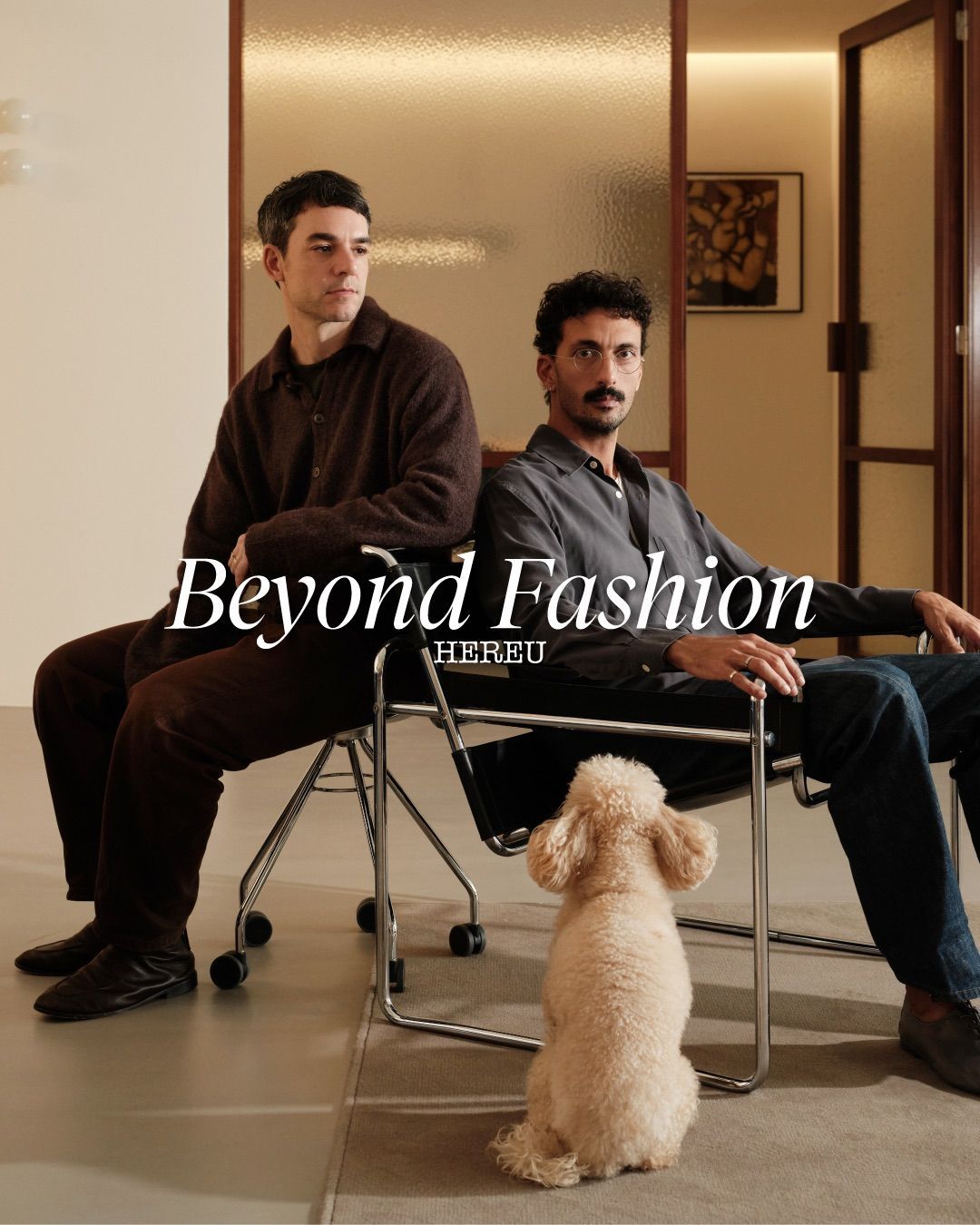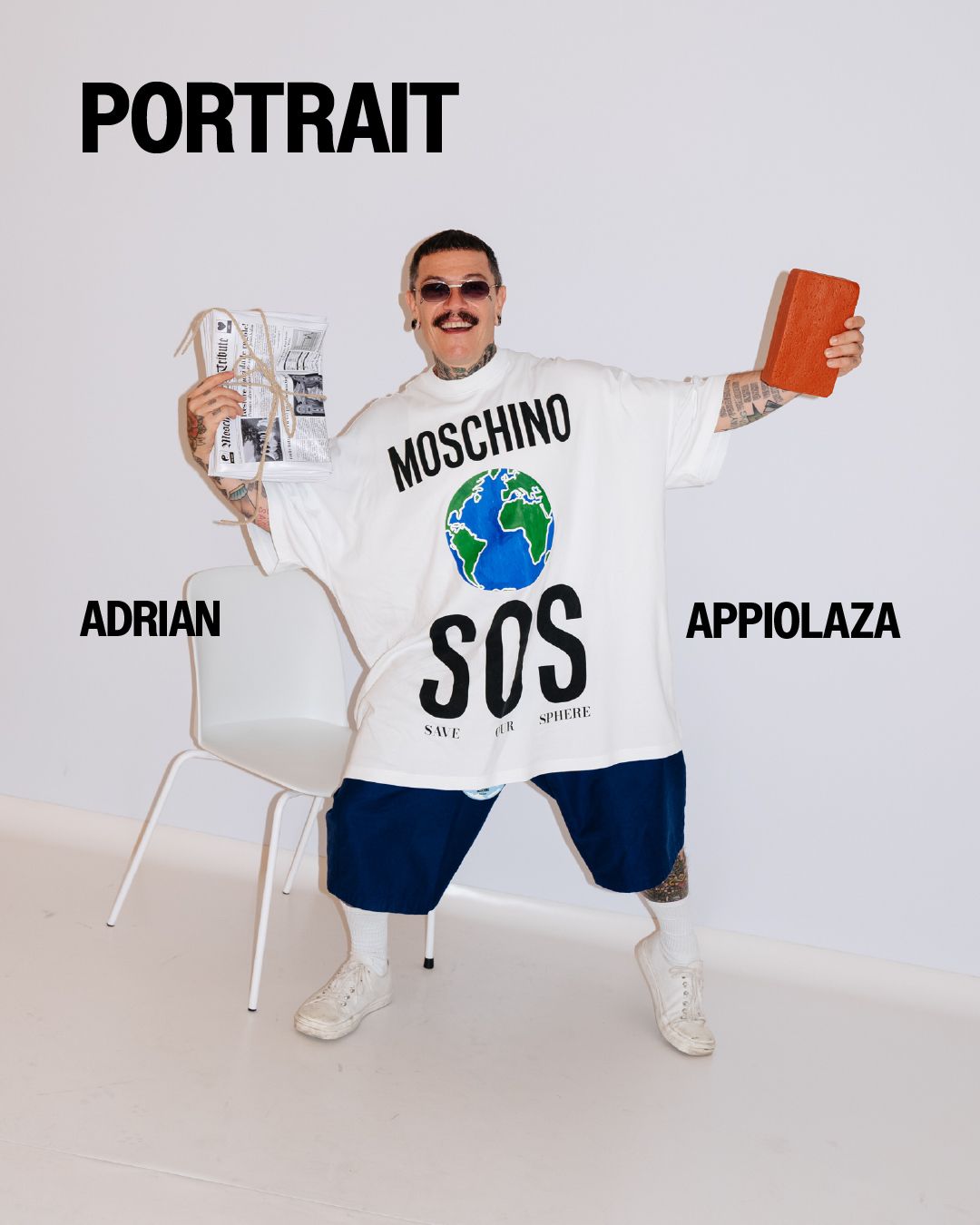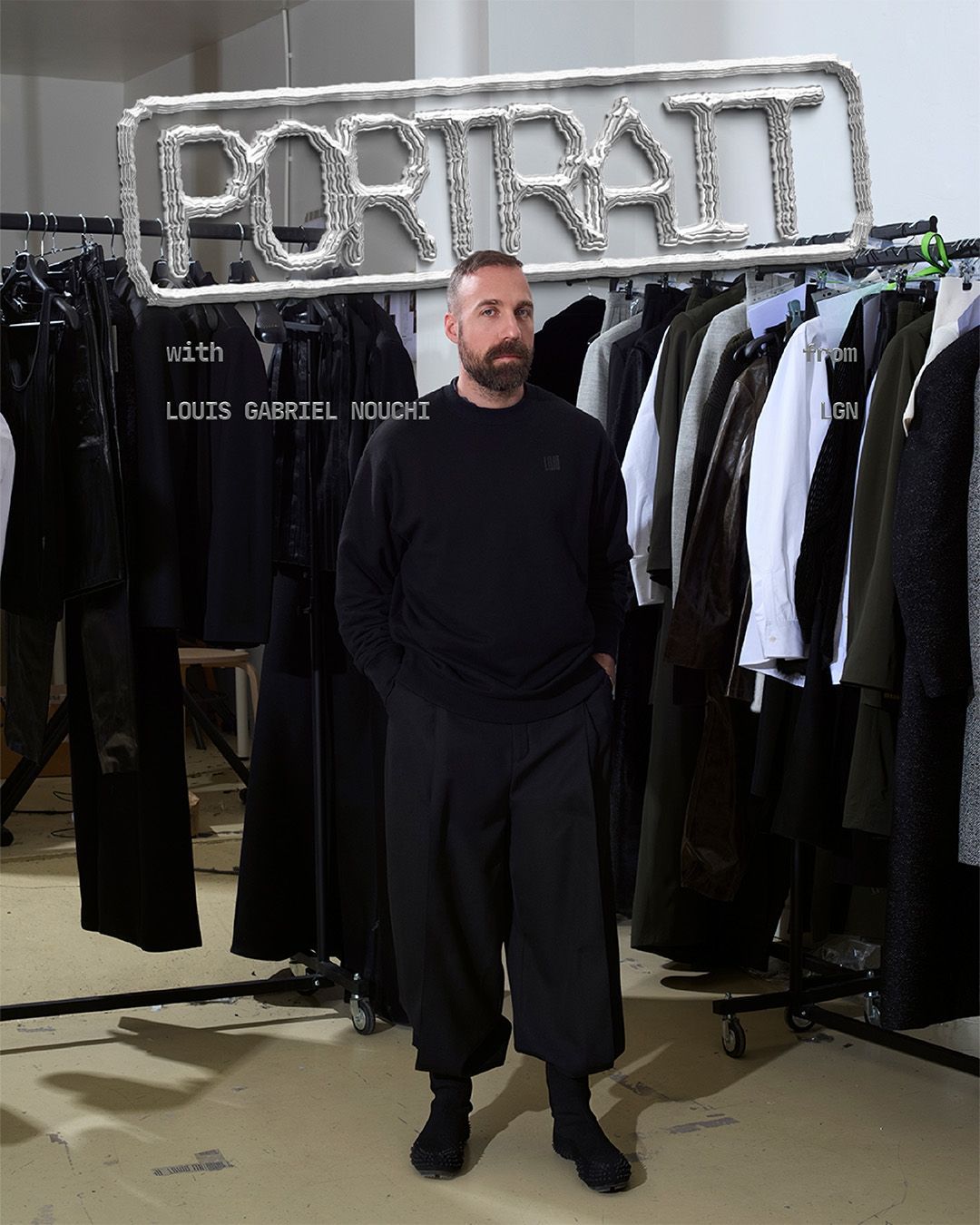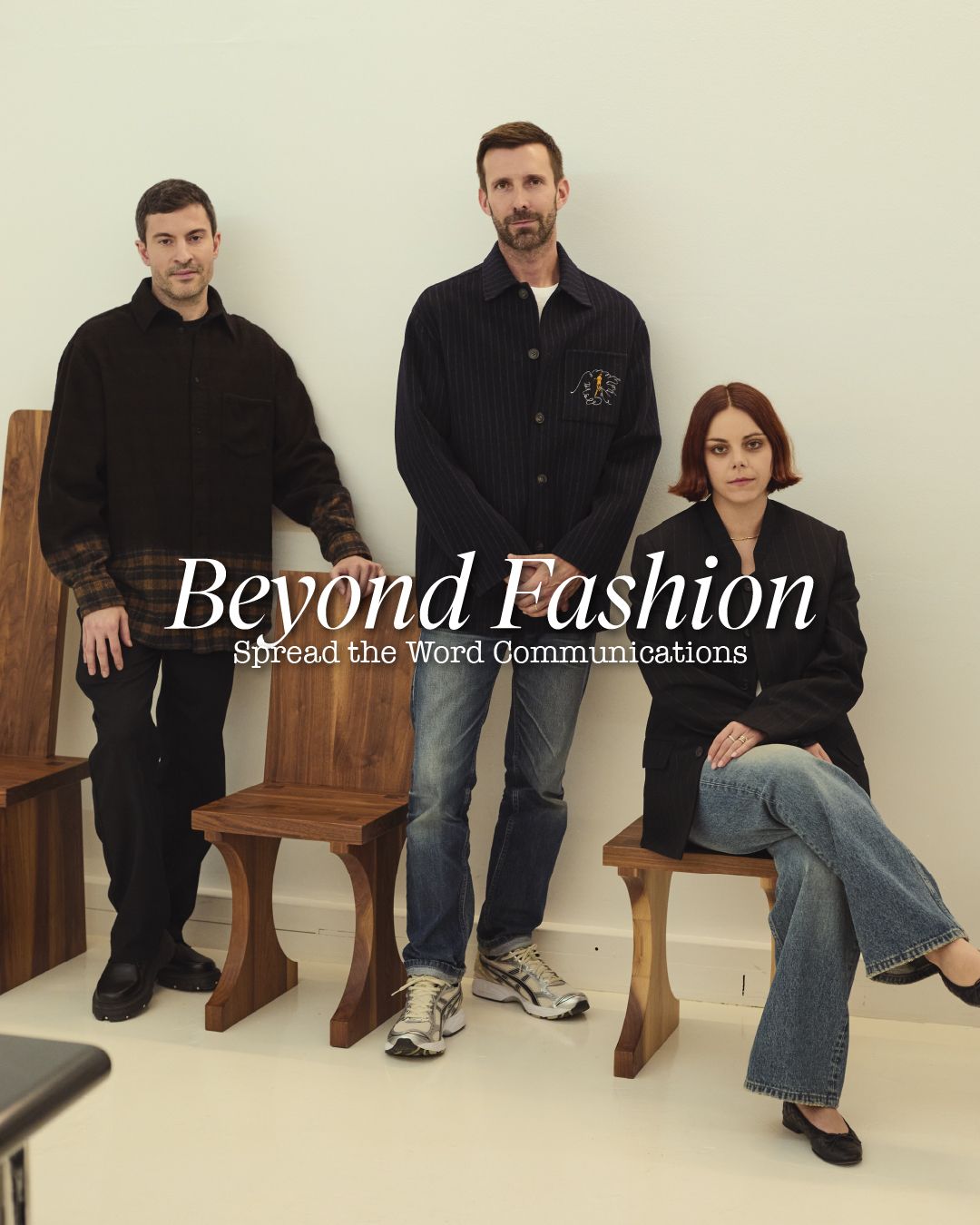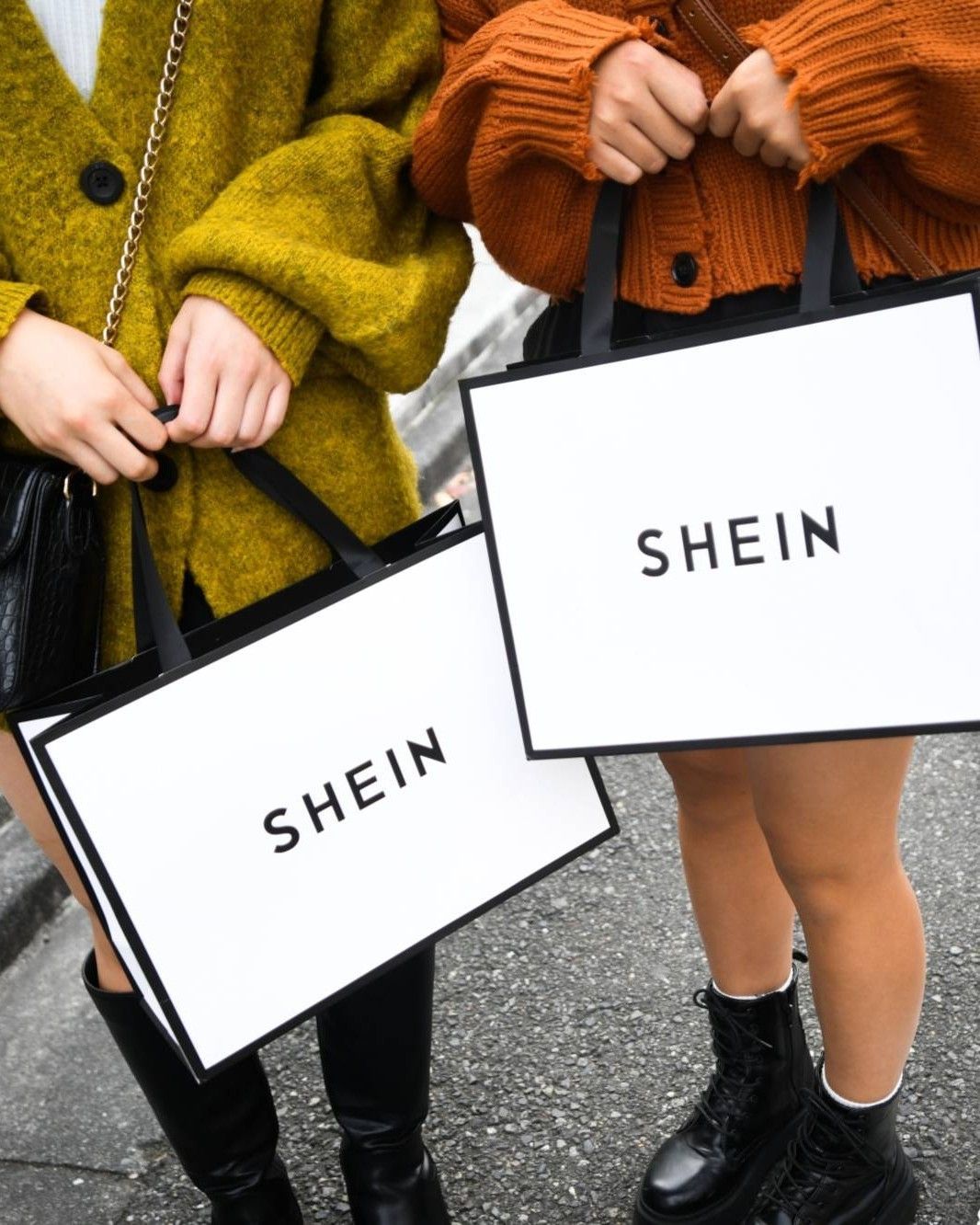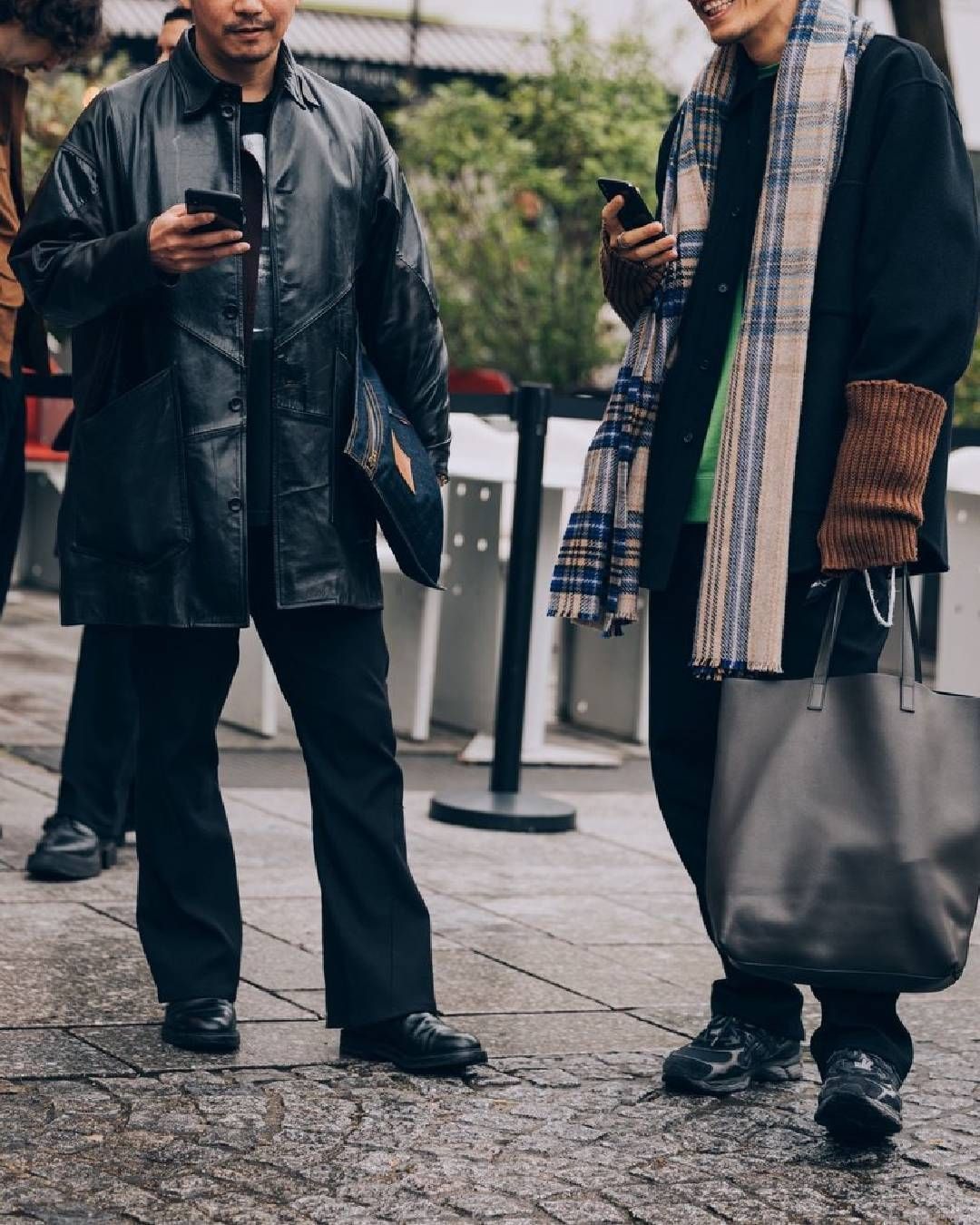
Why is it so hard to do shopping returns? If online is a hassle, the in-store experience seems to be even worse
There are several factors that influence the perception of a brand: from the in-store experience to the speed of the online interface, passing through brand identity and marketing strategies. Among them, however, the customer experience remains one of the most crucial touchpoints, as it directly impacts how consumers evaluate a brand. For many fast fashion (and similar) brands, retail sales represent the most immediate test of this experience, given the high volume of daily transactions. However, not all purchases end successfully: frustration over a wrong item or simply second thoughts can lead to a return, a key step, especially for major international fashion brands. Returns are not just a logistical aspect but also a crucial opportunity for customer engagement, influencing both loyalty and the perception of a brand's operational efficiency. An in-depth analysis of 4,541 reviews, including feedback published on Yelp (the primary platform used in the United States for reviewing businesses and stores) across 29 store locations in New York, clearly shows how some chains have mastered the art of managing returns smoothly, while others struggle to contain inefficiencies, with wait times that test customers’ patience. The study, conducted by Classy Leather Bags, highlights significant differences in the efficiency of return processes: while some stores have optimized their systems, others still show room for improvement.
why is @ZARA customer service soooo terrible omg
— A L E (@aleja_xo) December 17, 2024
One of the most striking findings is UNIQLO, which, with 1,722 reviews analyzed—120 of which were related to negative return experiences—maintained an exceptionally low dissatisfaction rate of just 6.97%. This is particularly impressive considering its average wait time is around 16.71 minutes. In comparison, Zara recorded a 27.60% negative review rate (with 353 complaints out of 1,279 reviews) and an average wait time of 18.34 minutes. Nordstrom, despite its premium customer service reputation, had the longest wait time among the brands analyzed at 22.81 minutes, with a negative return rate of 12.53%. H&M settled at an 8.67% dissatisfaction rate (16.84 minutes average wait time), while American Eagle was the fastest, with an average wait of just 10.58 minutes, despite an 11.06% dissatisfaction rate. Customer testimonials further humanize the data: one Zara shopper described the service as “simply disastrous”, while at Nordstrom, despite longer wait times, reviewers praised small gestures of kindness, such as brownies offered by staff or free beauty samples given during the wait. This suggests that price or market positioning does not necessarily guarantee shorter wait times or impeccable service. The study refers to this as the “premium paradox”, illustrating how even high-end retailers can face operational inefficiencies.
@carmerolll I’d rather keep it than pay for shipping #uniqlo #retail #returnpolicy #pleatedpants original sound - Carmen | Corporate Life
The study also debunks another retail myth: the belief that higher sales volume necessarily leads to longer wait times. While UNIQLO processes the highest number of total reviews while maintaining one of the lowest negative return rates, Zara, despite handling a lower volume, shows significantly higher dissatisfaction percentages. Beyond the economic impact (the National Retail Federation estimates that returns cost U.S. retailers around $816 billion annually), there is also a significant environmental cost. Transportation, packaging, and restocking all contribute to a high carbon footprint. Long wait times or inefficient return processes only exacerbate energy consumption, emissions, and waste. Last November, reports emerged that the online return situation had become so dire that startups and marketplaces were capitalizing on the resale of returned items to reduce excess inventory and prevent waste.
@atriawatford Come with us to return a @ZARA online order in-store! It’s super simple and doesn’t involve a single human. Next time you’re in Zara, try this faster way to return your items. #atriawatford #ZaraReturns #HassleFreeShopping #shopping #mall #fyp #foryou #viral #fashion shut up my moms calling x - maddie
According to the study, solutions focus on simplified return processes (as demonstrated by American Eagle, which leads in processing speed), transparent policies, and the use of digital technologies to reduce errors and improve communication with customers. Data confirms that structured return management makes a real difference, regardless of a brand’s market positioning. While UNIQLO sets the standard with a 6.97% negative feedback rate, Zara, with 27.60%, has ample room for improvement. Regardless of how “premium” a brand is, handling returns efficiently and empathetically remains a key indicator of success, as it affects both customer satisfaction and the sustainability of retail operations. After all, people tend to remember human interactions more than whether they waited five minutes longer.







